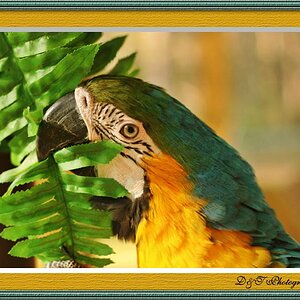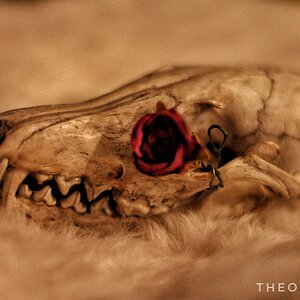amolitor
TPF Noob!
- Joined
- May 18, 2012
- Messages
- 6,320
- Reaction score
- 2,131
- Location
- Virginia
- Can others edit my Photos
- Photos OK to edit
Interestingly, if we assume that we're making the same size prints from both, CoC becomes smaller for crop sensors. You're enlarging more, so you must have a higher standard for "what's sharp" at the sensor. This causes the crop sensor to have somewhat less DoF. Other factors, however, dominate, and taken all together we generally consider the crop sensor to have, in general terms, more depth of field.
In general, cropping may be considered to reduce depth of field, and a crop sensor is, as has been noted, in essential ways precisely the same as shooting with a larger sensor, and then cropping the result.
In general, cropping may be considered to reduce depth of field, and a crop sensor is, as has been noted, in essential ways precisely the same as shooting with a larger sensor, and then cropping the result.


![[No title]](/data/xfmg/thumbnail/32/32177-3a3d923fa1584c6ef7d6602aaa24fbc6.jpg?1619735235)

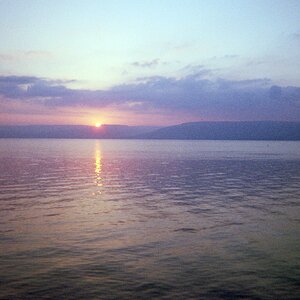
![[No title]](/data/xfmg/thumbnail/37/37623-b930ccd802f79b9c9cea990a7a5e5462.jpg?1619738153)
![[No title]](/data/xfmg/thumbnail/32/32176-48b4ba2fc0e35afa267c5882154e7620.jpg?1619735235)
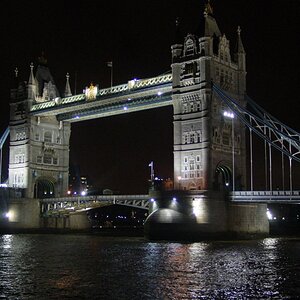
![[No title]](/data/xfmg/thumbnail/38/38720-f0f83c1b09a42065eefec8923841d54d.jpg?1619738701)
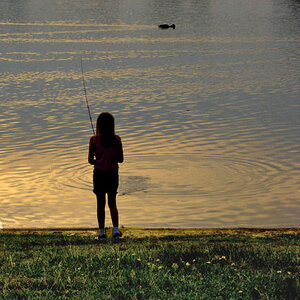
![[No title]](/data/xfmg/thumbnail/33/33450-b94d8a06a911e01c39df688c57b4745e.jpg?1619735974)
